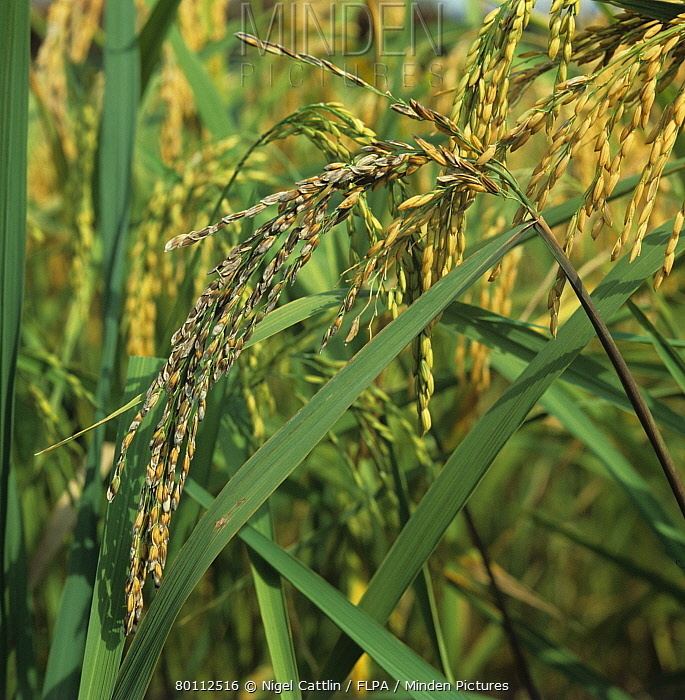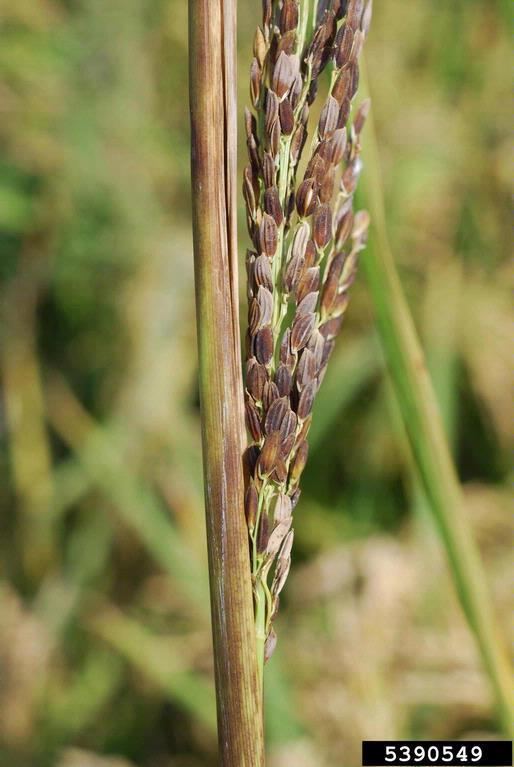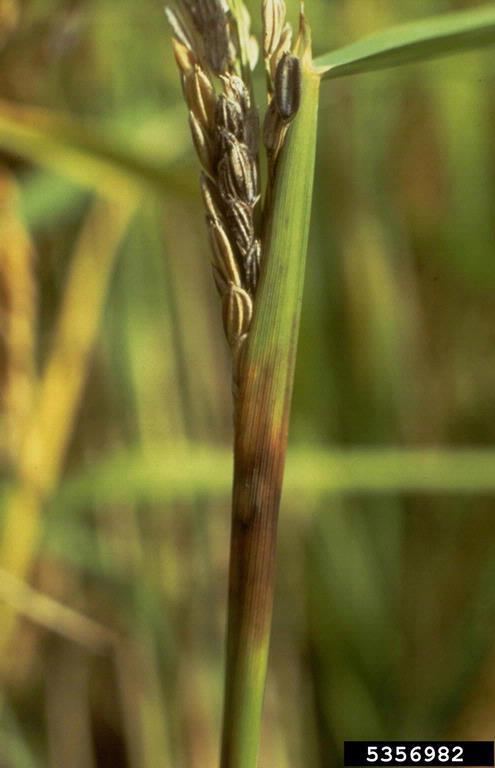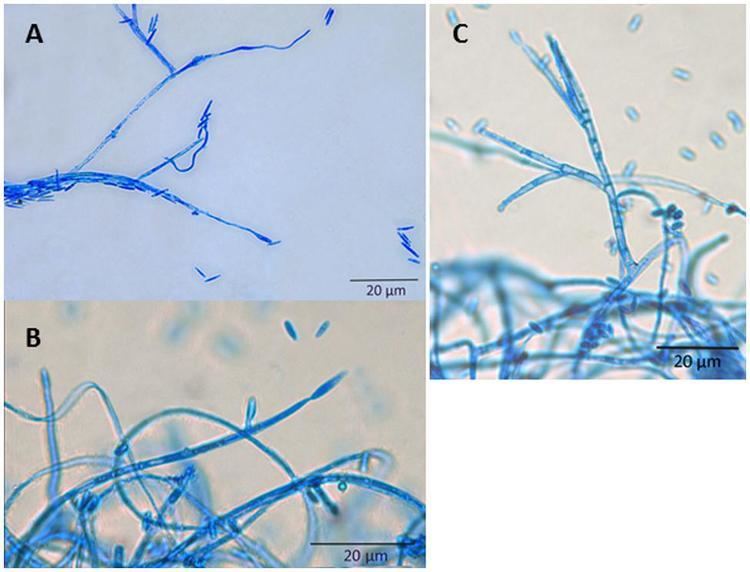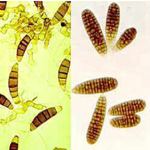Subclass Incertae sedis Family Incertae sedis Scientific name Sarocladium oryzae Rank Species | Order Incertae sedis Genus Sarocladium Higher classification Sarocladium | |
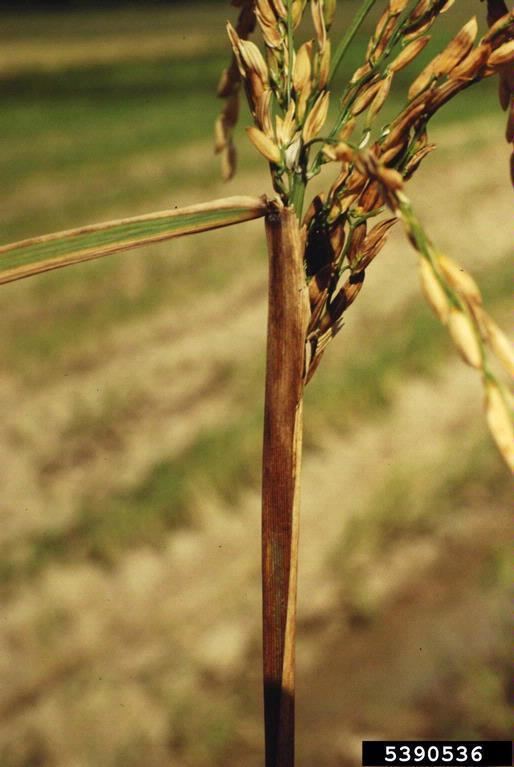 | ||
Similar Sarocladium, Cochliobolus miyabeanus, Steneotarsonemus spinki, Alternaria padwickii, Pyricularia | ||
Sarocladium oryzae (Sawada) is a plant pathogen causing the sheath rot disease of rice. In culture it produces 0.3–0.627 micrograms of helvolic acid and 0.9–4.8 micrograms of cerulenin per milliliter of culture medium. The level of helvolic acid correlated with a higher incidence of sheath rot disease. Rice grains from infected plants were found to contain 2.2 micrograms helvolic acid and 1.75 micrograms of cerulein per gram of infected seeds, which induce chlorosis and reduce the seed viability and seedling health. S. oryzae has also been known as Acrocylindrium oryzae (Sawada). For forty years prior to 2005, a common industrial fungal strain used to manufacture cerulenin was known under the invalidly published designation "Cephalosporium caerulens", but an isolate of the original C. caerulens strain KF-140 was subsequently shown to be conspecific with S. oryzae.
